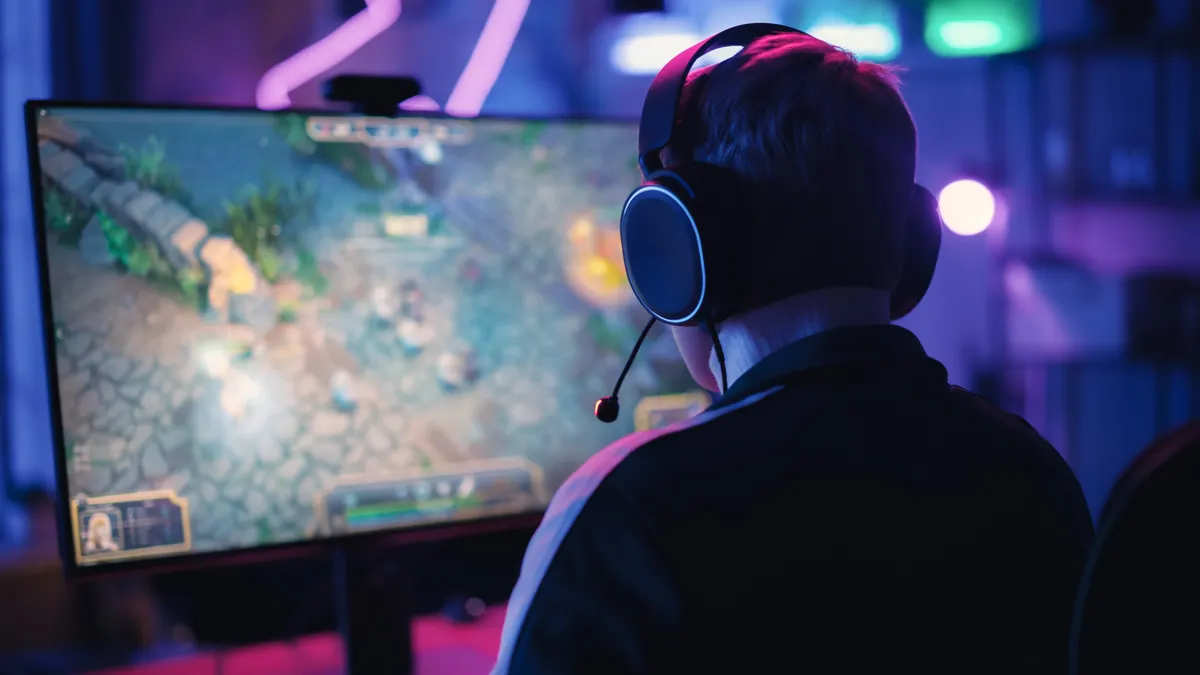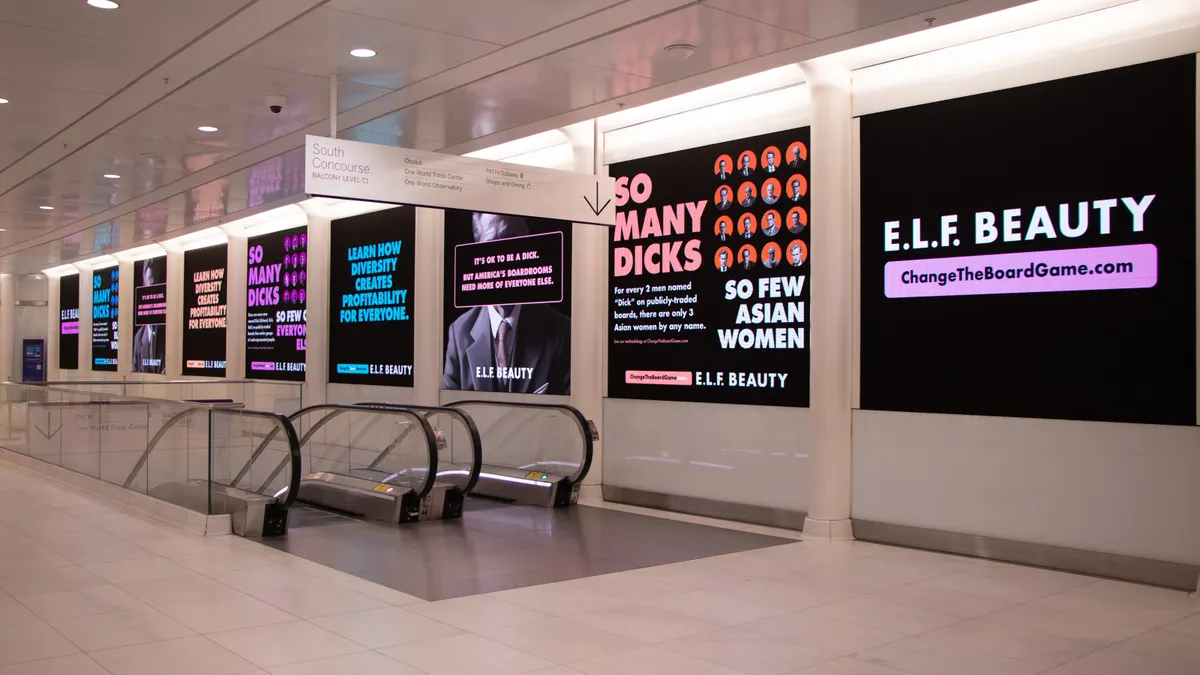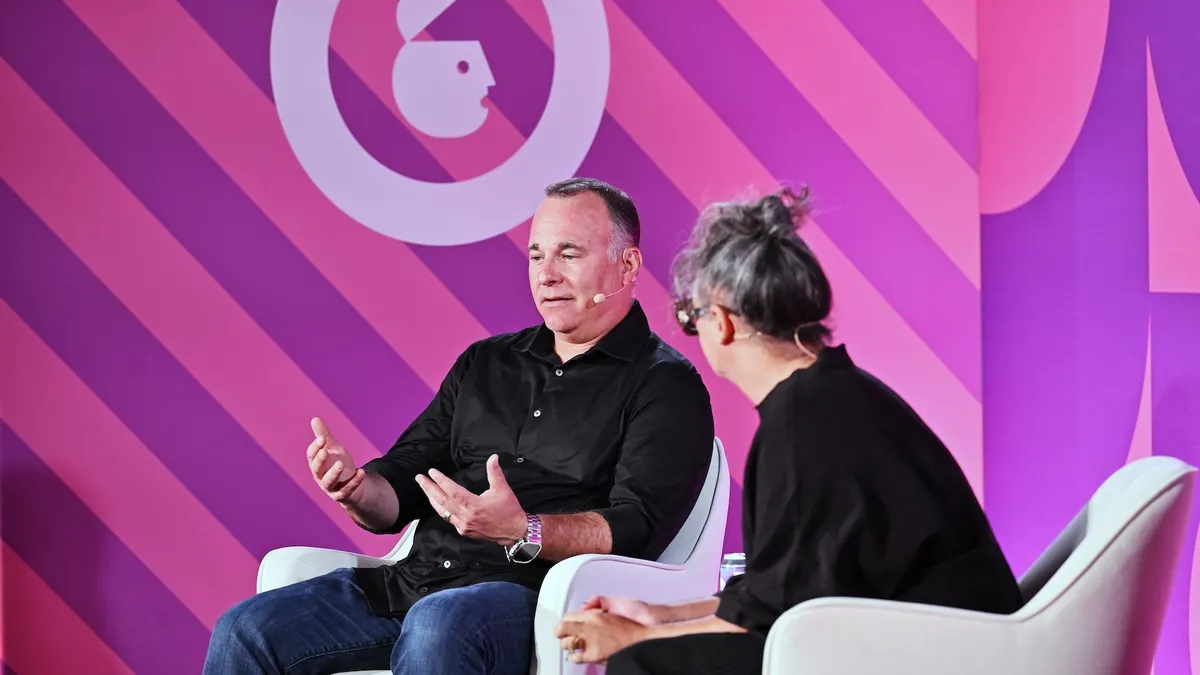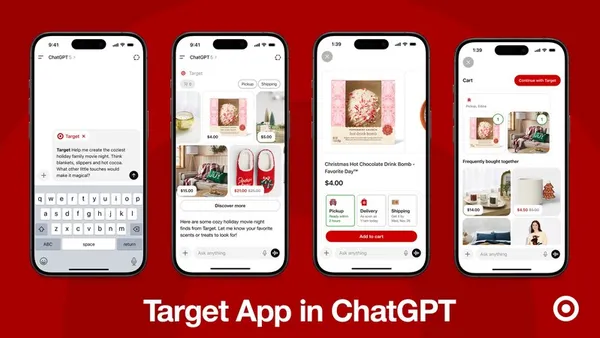Dive Brief:
- The Interactive Advertising Bureau (IAB) released a new industry resource called the Gaming Measurement Framework designed to bring clarity and consistency to media campaigns in gaming environments, according to a press release.
- The framework outlines standard gaming ad formats across digital, video and audio and explains must-have and nice-to-have metrics for each format to help brands make more informed decisions about where to put their ad dollars.
- The guidelines are also meant to help marketers set clear expectations for measuring results across brands, agencies and ad tech platforms. The framework arrives as consumers continue to flock to gaming platforms and ad spending on the channel grows.
Dive Insight:
The IAB is addressing the need for measurement standardization across gaming ad campaigns with its new framework, a move meant to empower brands to spend their ad dollars more wisely. The resource is one of the first industry-wide efforts of its kind and comes as gaming continues to grow in popularity, with over 80% of U.S. internet users identifying as gamers, per data cited in release details. For Gen Z and Gen Alpha, that total jumps to a minimum of 90%.
The space in turn continues to attract advertisers, with U.S. in-game ad revenue forecast to top $11 billion by 2028, per eMarketer, underscoring the need for clarity around metrics. With a consistent language for measurement and reporting, advertisers could shift even more dollars to gaming platforms, like Minecraft, Roblox and Fortnite, that have been popular for co-branded and immersive spaces.
"The framework's launch is a major step forward both for the gaming industry and decision makers in marketing,” said Allison McDuffee, global head of brand insights and measurement, Roblox, in release details.
The framework outlines baseline display ad metrics including impression count, click-through rate, average number of interactions per user and redemption rates, among others. Additional or nice-to-have metrics include brand recall, visual tracking, neurological evaluations and footfall.
The resource can be leveraged in a handful of different scenarios, including during partner and vendor selections, during campaign reporting and evaluation and while optimizing budgets to lean into the experiences that perform the best. The framework can also be used for creative planning and mixed media modeling to help brands understand the gaming ad experiences that are available and how they map to various media categories and outcome metrics, per the report.
Additionally, the IAB’s framework identifies core measurement guidelines for brands to refer to across areas like audience reach, intrinsic in-game advertising and mobile in-app advertising. Ahead of its latest move, the trade body last year released creative guidelines for best practices for games advertising spanning topics like clear disclosures and appropriate calls-to-action.
Beyond showing up where consumers spend time, in-game ads have shown signs of promise. Mobile gamers in particular are active shoppers, with 45% reporting they spend $200 or more per month on retail items, per a report from game developer Zynga. Nearly half of gamers on a mobile device said they became aware of a new product through an in-game ad, and 27% said an in-game ad led them to purchase a new product.















